Business & Management
ESG: From Process To Product
Views : 8
Source: https://www.hbs.edu
Author: George Serafeim
Usually dispatched in 2 to 3 days
Usually dispatched in 2 to 3 days
Category:
Business & Management
ESG (Environmental, Social, and Governance) is a process that involves measuring relevant resources and outcomes, analyzing resource allocation to achieve optimal outcomes, managing resources to improve outcomes, and communicating resource management and outcomes to stakeholders. It can be implemented by any organization to align with their purpose and strategy. All investment managers, could adopt ESG as a process to the extent that the measurement and analysis of specific ESG issues, mitigates risk and identifies growth opportunities
Only logged in customers who have purchased this product may leave a review.
Related books
Project Management Plan
Introduction:
The Oregon Public Utility Commission (PUC or Commission) relies on a variety of applications to support its business functions related to the conduct of official proceedings. These include a custom-built legacy “BizApps” docketing system and Huddle, a third party service for eDiscovery. The PUC seeks to replace these systems with an integrated, cohesive, and efficient solution for internal and external stakeholders doing business with the Commission. By replacing the outdated and unsupported docketing system, PUC will be better equipped to serve stakeholders and the citizens of Oregon. The Dockets and Discovery project management plan defines how the Dockets and Discovery project is executed, monitored and controlled, and closed.
Project Management Plan
Introduction:
The Oregon Public Utility Commission (PUC or Commission) relies on a variety of applications to support its business functions related to the conduct of official proceedings. These include a custom-built legacy “BizApps” docketing system and Huddle, a third party service for eDiscovery. The PUC seeks to replace these systems with an integrated, cohesive, and efficient solution for internal and external stakeholders doing business with the Commission. By replacing the outdated and unsupported docketing system, PUC will be better equipped to serve stakeholders and the citizens of Oregon. The Dockets and Discovery project management plan defines how the Dockets and Discovery project is executed, monitored and controlled, and closed.
Quality Management
Introduction:
This study guide is designed to provide an overview of the key elements, important historical context and current debates in the field of Quality Management. It aims to give a coherent view of the underlying principles of quality management, and how these relate to practical application in a range of organizations. The tools and techniques which support the principles are not covered in detail in this guide, More information on these can be found in the companion guide: “Six Sigma: Principles and Practices” also available at Bookboon.com. The guide starts with a development of the theory in each area and then provides a contex tualisation which considers what the theory might mean for organizational practice. Due to the complexity of many of the issues addressed, it is possible to write much more on any single topic, but I have tried to cover most of the key points in order to provide a foundation, and further literature linked from the text allows the reader to investigate any topic in more depth if they wish. Finally, at the end of each chapter there are a number of questions for you to develop your thinking in the area.
Quality Management
Introduction:
This study guide is designed to provide an overview of the key elements, important historical context and current debates in the field of Quality Management. It aims to give a coherent view of the underlying principles of quality management, and how these relate to practical application in a range of organizations. The tools and techniques which support the principles are not covered in detail in this guide, More information on these can be found in the companion guide: “Six Sigma: Principles and Practices” also available at Bookboon.com. The guide starts with a development of the theory in each area and then provides a contex tualisation which considers what the theory might mean for organizational practice. Due to the complexity of many of the issues addressed, it is possible to write much more on any single topic, but I have tried to cover most of the key points in order to provide a foundation, and further literature linked from the text allows the reader to investigate any topic in more depth if they wish. Finally, at the end of each chapter there are a number of questions for you to develop your thinking in the area.
Project Management For Large, Complex Projects
Introduction:
This expert report on project management was commissioned by the Edinburgh Tram Inquiry to address general issues about the nature, purpose and application of project management, as well as specific questions about programme management and risk management. Traditional project management provides a set of processes, procedures and tools for managing projects on time, within budget and to the required specifications. These common processes are valuable for identifying the bodies of knowledge and detailed procedures required to set up and execute projects. However, traditional project management has been criticized in recent years for neglecting to consider the ‘strategic’ activities and decisions undertaken during the front-end planning stage of
projects, which play a vital role in defining the need for a project and determining whether the goal
is achieved. Traditional project management assumes that a one-size-fits-all approach – a simple, predictable and standardized model – is applicable to all types of projects. Recent research has emphasized the need for project management to be ‘adaptive’ and flexible to address the complexities, uncertainties and challenges surrounding each project. There are clearly no magical project management cures, and no single predictable strategy will be applicable to all large, complex, high-risk projects. But many infrastructure projects in the UK now recognize the need for solutions that are designed to deal with the specific challenges involved in planning and executing large, complex projects. Taken together, the strategic and adaptive approaches to project management identified in this report offer a more effective way of planning and managing large, complex projects.
Project Management For Large, Complex Projects
Introduction:
This expert report on project management was commissioned by the Edinburgh Tram Inquiry to address general issues about the nature, purpose and application of project management, as well as specific questions about programme management and risk management. Traditional project management provides a set of processes, procedures and tools for managing projects on time, within budget and to the required specifications. These common processes are valuable for identifying the bodies of knowledge and detailed procedures required to set up and execute projects. However, traditional project management has been criticized in recent years for neglecting to consider the ‘strategic’ activities and decisions undertaken during the front-end planning stage of
projects, which play a vital role in defining the need for a project and determining whether the goal
is achieved. Traditional project management assumes that a one-size-fits-all approach – a simple, predictable and standardized model – is applicable to all types of projects. Recent research has emphasized the need for project management to be ‘adaptive’ and flexible to address the complexities, uncertainties and challenges surrounding each project. There are clearly no magical project management cures, and no single predictable strategy will be applicable to all large, complex, high-risk projects. But many infrastructure projects in the UK now recognize the need for solutions that are designed to deal with the specific challenges involved in planning and executing large, complex projects. Taken together, the strategic and adaptive approaches to project management identified in this report offer a more effective way of planning and managing large, complex projects.
Taking The Next Step: Findings Of The Effective Utility Management Review Steering Group
Introduction:
In 2007, the Environmental Protection Agency (EPA) and six national water and wastewater associations, including the Association of Metropolitan Water Agencies (AMWA), the American Public Works Association (APWA), the American Water Works Association (AWWA), the National Association of Clean Water Agencies (NACWA), the National Association of Water Companies (NAWC), and the Water Environment Federation (WEF) – collectively the “Collaborating Organizations” – signed a historic agreement to promote Effective Utility Management (EUM) based on the Ten Attributes of Effectively Managed Water Sector Utilities and Keys to Management Success. Like the current review effort, the original EUM framework was driven by a group of leading water sector utility leaders, and a report detailed their
findings. This group of leaders sought a common and understandable framework for utilities across the sector to assess the overall effectiveness of their operations and chart a course for improvement through implementation and measurement.
Taking The Next Step: Findings Of The Effective Utility Management Review Steering Group
Introduction:
In 2007, the Environmental Protection Agency (EPA) and six national water and wastewater associations, including the Association of Metropolitan Water Agencies (AMWA), the American Public Works Association (APWA), the American Water Works Association (AWWA), the National Association of Clean Water Agencies (NACWA), the National Association of Water Companies (NAWC), and the Water Environment Federation (WEF) – collectively the “Collaborating Organizations” – signed a historic agreement to promote Effective Utility Management (EUM) based on the Ten Attributes of Effectively Managed Water Sector Utilities and Keys to Management Success. Like the current review effort, the original EUM framework was driven by a group of leading water sector utility leaders, and a report detailed their
findings. This group of leaders sought a common and understandable framework for utilities across the sector to assess the overall effectiveness of their operations and chart a course for improvement through implementation and measurement.
Business Continuity Management
Rated 5.00 out of 5
Business Analysis Methodology Book
Companies have to develop innovative and high-quality products faster than their competitors to create temporary monopoly periods with maximum profitability. However, they usually have tight deadlines and limited budgets for new product development projects. To overcome this challenge, high-performance companies apply a “lean” business analysis, design, and development approach that has its origins in the Toyota car production system. Lean mainly focuses on eliminating muda (waste) throughout the product development lifecycle (PDLC) and passing resource savings to innovative projects.
Business Analysis Methodology Book
Companies have to develop innovative and high-quality products faster than their competitors to create temporary monopoly periods with maximum profitability. However, they usually have tight deadlines and limited budgets for new product development projects. To overcome this challenge, high-performance companies apply a “lean” business analysis, design, and development approach that has its origins in the Toyota car production system. Lean mainly focuses on eliminating muda (waste) throughout the product development lifecycle (PDLC) and passing resource savings to innovative projects.





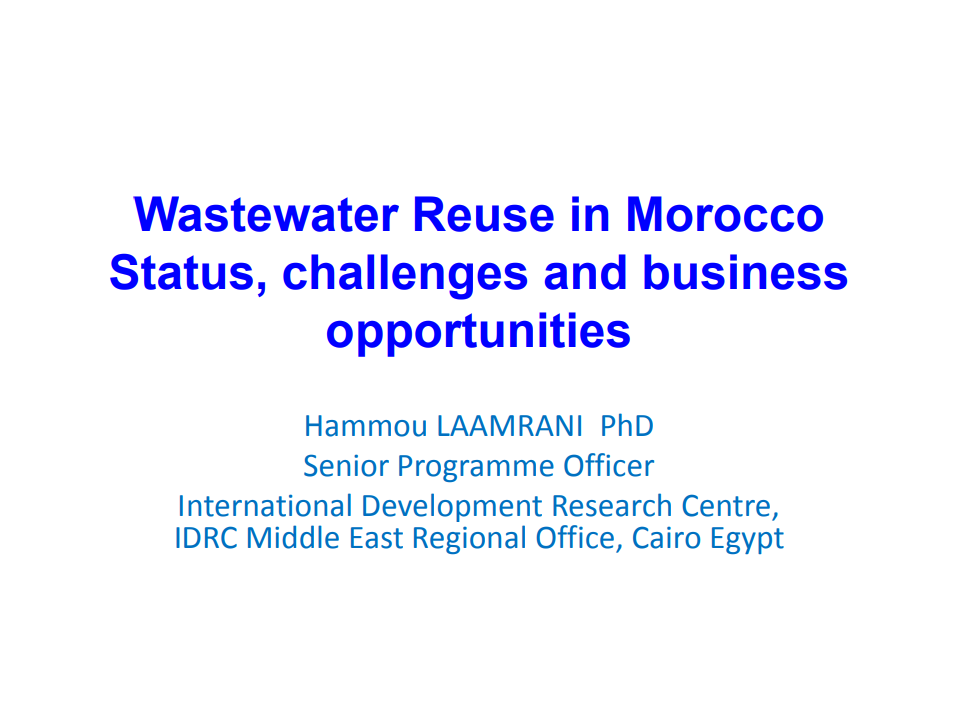

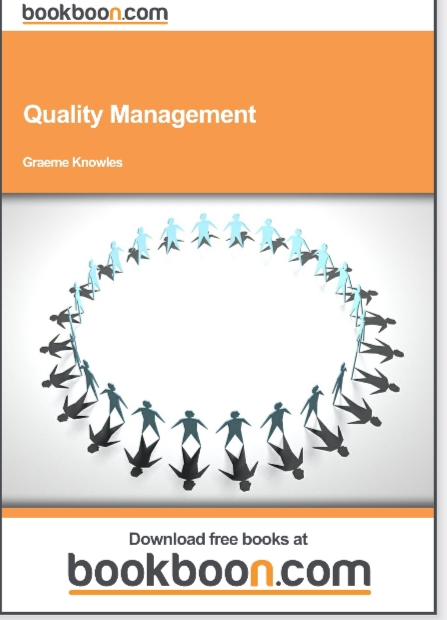


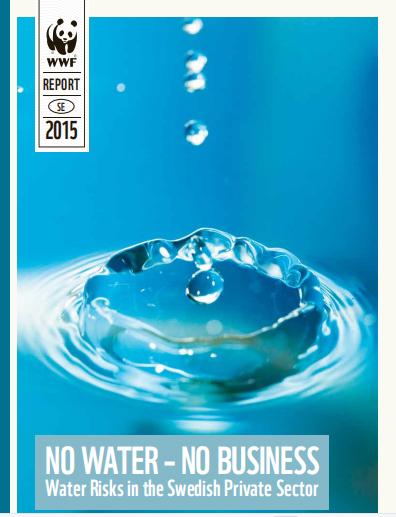


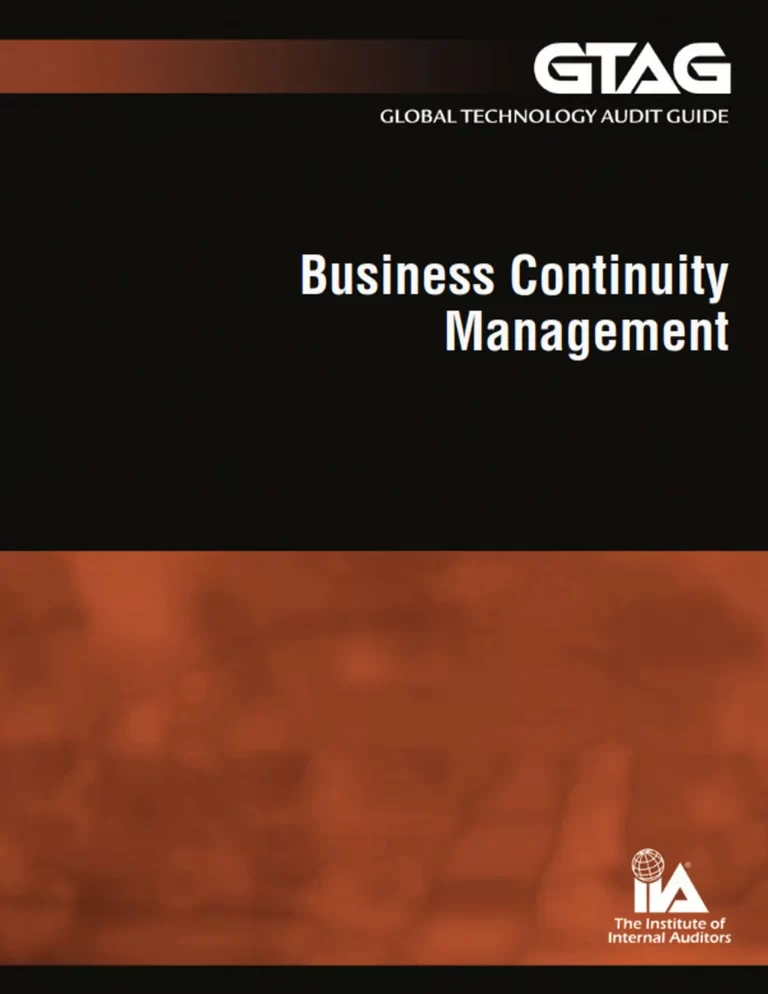
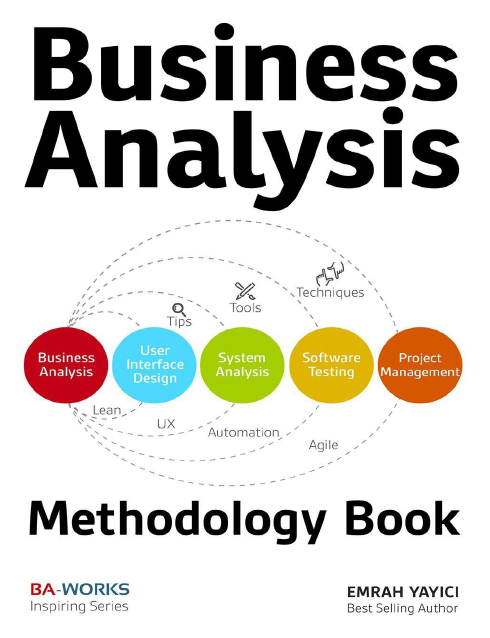
Reviews
There are no reviews yet.